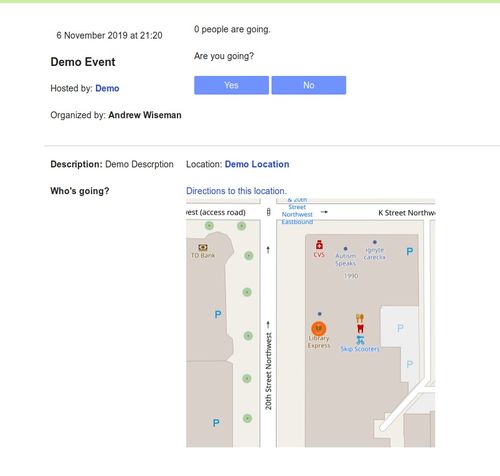Add Advertising to Your Website: A Comprehensive Guide
Advertising is a crucial component of any successful website. It not only helps in generating revenue but also enhances the user experience by providing relevant content. In this detailed guide, we will explore various aspects of adding advertising to your website, including the types of ads, ad networks, ad placement, and best practices.
Types of Advertising

Before diving into the specifics of adding advertising to your website, it’s essential to understand the different types of ads available. Here are some common types:
- Display Ads: These are graphical ads that can be banner ads, interstitial ads, or pop-ups. They are designed to catch the user’s attention and can be static or animated.
- Text Ads: These are simple text-based ads that can be placed in search results or on websites. They are often used for search engine marketing (SEM) and pay-per-click (PPC) campaigns.
- Video Ads: These are short video clips that can be embedded on your website. They are highly engaging and can be used to promote products or services.
- Sponsored Content: These are articles or posts that are paid for by advertisers and are designed to look like regular content on your website.
Choosing the Right Ad Network

Selecting the right ad network is crucial for maximizing your advertising revenue. Here are some popular ad networks to consider:
| Ad Network | Description |
|---|---|
| Google AdSense | Google’s ad network that allows you to display ads on your website and earn revenue based on ad clicks and impressions. |
| Media.net | A contextual ad network that provides high-quality ads based on the content of your website. |
| AdThrive | A premium ad network that offers high-paying ads and personalized support for bloggers and publishers. |
| Propeller Ads | A global ad network that offers a variety of ad formats and a user-friendly interface. |
Ad Placement

The placement of ads on your website can significantly impact their effectiveness. Here are some best practices for ad placement:
- Header and Footer: Placing ads in the header or footer of your website ensures that they are visible to all users, regardless of the page they are viewing.
- Sidebars: Ads placed in sidebars can be effective, but be cautious not to overcrowd the sidebar with too many ads.
- Content Area: Placing ads within the content area can be effective, but ensure that they are not intrusive and do not distract users from reading your content.
- Below the Fold: Ads placed below the fold (below the scrollable area of the page) can be effective, but they may not be seen by all users.
Best Practices for Effective Advertising
Here are some best practices to ensure that your advertising efforts are effective:
- Optimize Ad Sizes: Choose ad sizes that are most effective for your website and audience. Common ad sizes include 728×90, 300×250, and 160×600.
- Test Different Ad Formats: Experiment with different ad formats to see which ones perform best on your website.
- Monitor Performance: Regularly monitor the performance of your ads to identify which ones are generating the most revenue and adjust accordingly.
- Keep Ads Relevant: Ensure that the ads displayed on your website are relevant to your audience and the content of your website.
- Respect User Experience: Avoid intrusive ads that can harm the user experience. Keep ads non-intrusive and user-friendly.
Adding advertising to your website can be a lucrative endeavor, but it requires careful planning and execution. By understanding the different types of ads, choosing the right ad network, optimizing ad placement, and following best practices, you can maximize your advertising revenue and enhance


